6. The Fourth Protocol (1987, John Mackenzie)
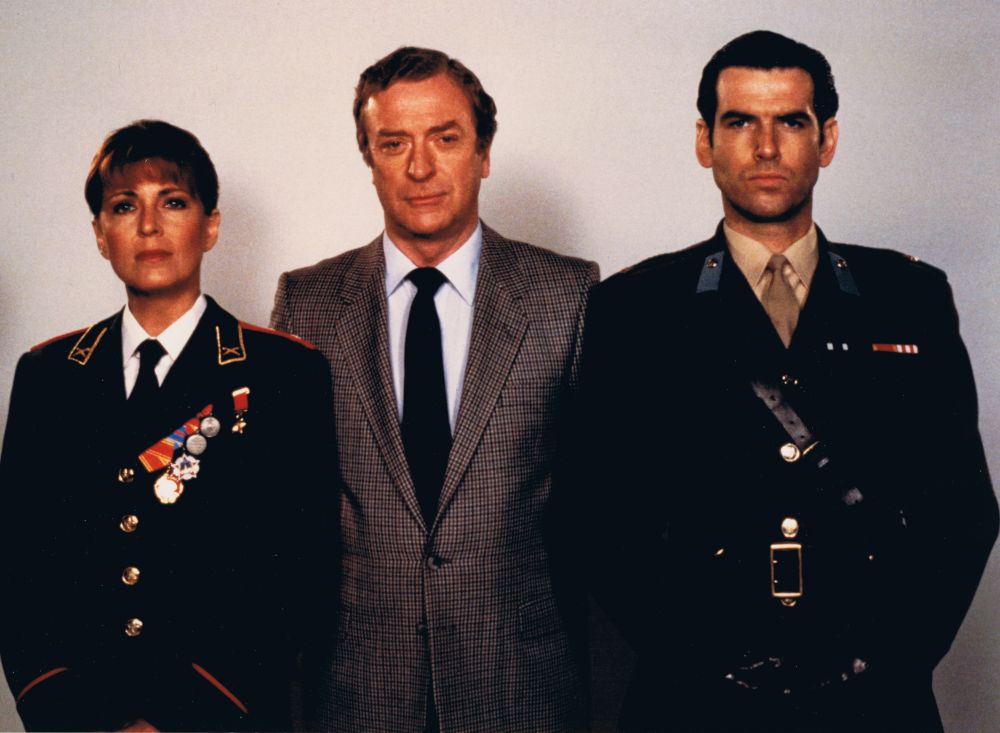
The film role that landed Pierce Brosnan as James Bond, this time playing a defected Russian spy bringing a nuclear holocaust to England with only spy agent Michael Caine standing the way. Delivering great 1980s action, chases, and shootouts in the grey skies of England, John Mackenzie’s film has got it all.
It’s a spy film that unfolds like the great John le Carre or Tom Clancy novels with intriguing characters, set pieces, and all the spy lingo one can hope for. Sure, it might look and feel dated like a 1980s action film, but that’s what makes it great today because it’s that rare non-franchise film that still holds up. Plus, when you have Caine and Brosnan going head to head and chase to chase, what’s not to love?
Caine is certainly no stranger to the spy genre and Brosnan was only getting started, so it’s almost like the old and the new meet up for one final cat-and-mouse game, and that it most certainly is.
7. Hopscotch (1980, Ronald Neame)
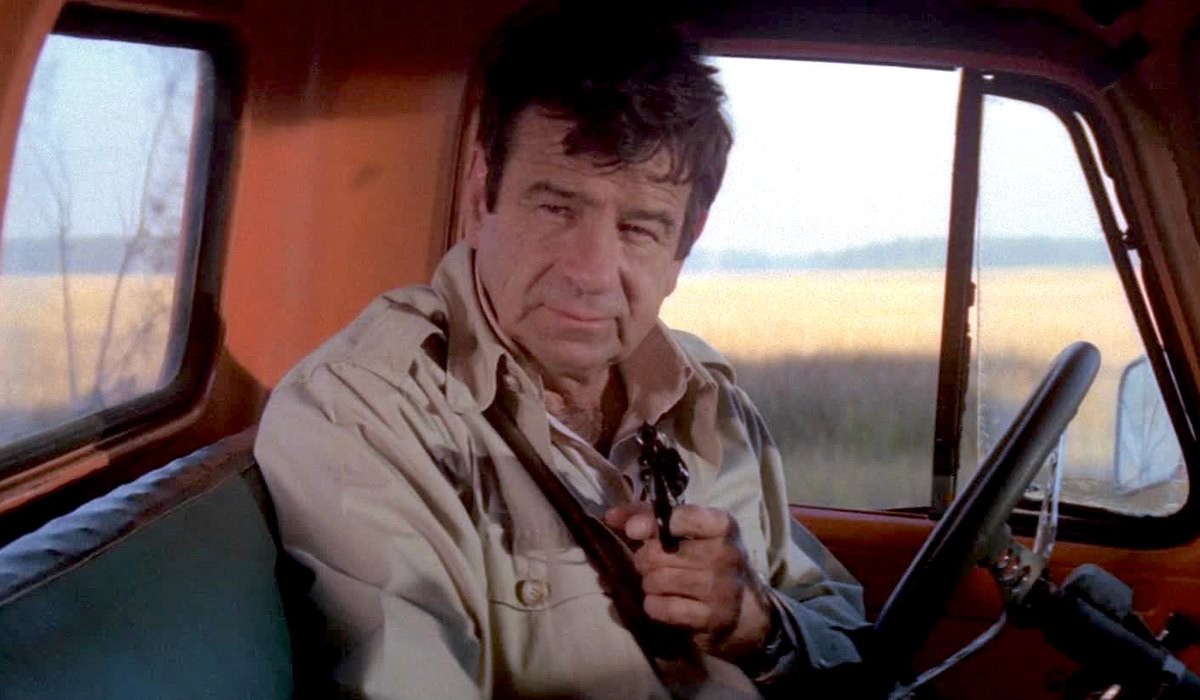
Simply put, one of the best spy comedies probably because it is still a spy film and not a spoof. Brian Garfield’s story and novel delivers the chases, double crosses, and threat of secrets being exposed, but not without screwball tendencies and a slapstick outcome.
Walter Matthau stars as retired CIA officer Kendig, who is going to publish his memoirs and purposely expose his former boss, Ned Beatty, and his secrets and coverups, thus beginning an odyssey of misadventures across the U.S. and Europe. With a stellar cast including Glenda Jackson and Sam Waterston, the chase begins as we watch Matthau charm, steal, and even sing his way out of deception and harm’s way. The film knows what it is, which is why it works so well; it delivers on the comedy, adventure, and thrills while never detracting from the core focus of the zany characters.
8. Ministry of Fear (1944, Fritz Lang)
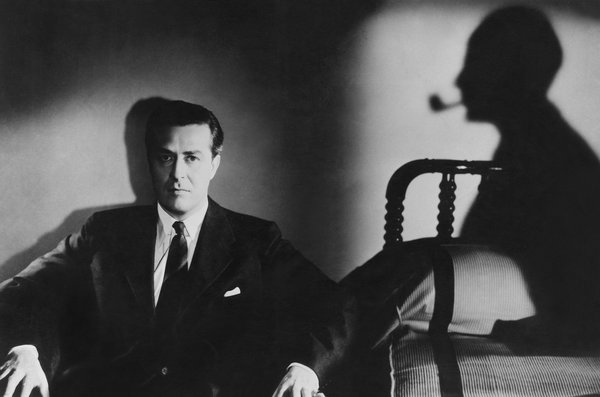
The creator of the silent epic “Spies” certainly knows a thing or two about espionage. And with a German background escaping the Nazis and coming from a film noir master, Lang hits a home run with Ray Milland in the lead here, trying to uncover a hidden Nazi plot he accidentally discovered in England.
From stark elements, shadows, and seedy characters, it’s a film noir in top form, while capitalizing on all of the spy elements of the time. It’s almost an exercise in style where Lang can situate the camera or use a set piece to the highest form of expressionism, but with great scenes such as the blind man on the train or country house alter, it’s hard not to ignore it as a spy film. The actors all do a fine job servicing the plot, but with a race against time and use of style, it’s a great visual film to enjoy.
9. The Great Spy Chase (1964, Georges Lautner)
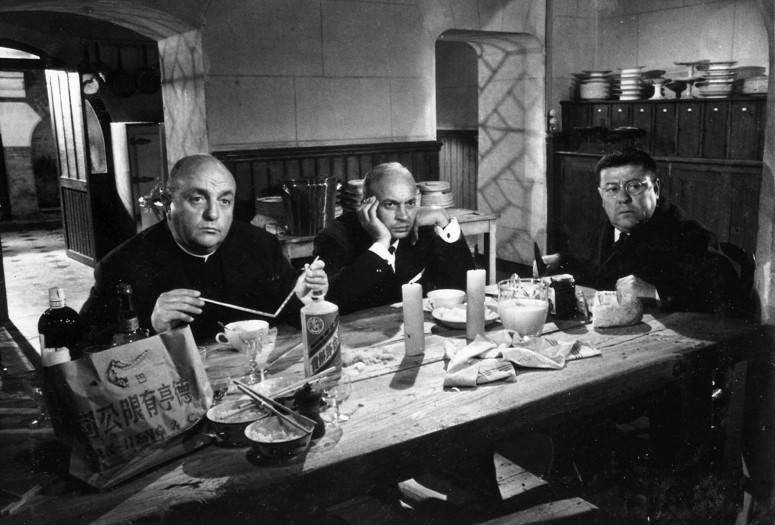
Lino Ventura, Bernard Blier, and Francis Blanche battle it out in a spy-versus-spy film where they want the valuables of a deceased arms dealer by getting through to his widow. It’s certainly a Cold War parody in its fullest and with Lautner’s assured direction of comedy, it has gone on to become a cult classic.
Whether tossing individuals out of windows, dragging them across the floor, or tossing them into a piano, there is no shortage of the screwball lunacy that occurs. It’s a fun adventure of international cast members trying to outwit each other. What truly makes things stand out is the black comedy where they are constantly trying to kill each other, but for the sake of their country and peacekeeping.
The title hits the nail on the head and with beautiful black-and-white cinematography by Maurice Fellous and a stellar cast, you can see why it’s a cult lead film.
10. 13 Rue Madeleine (1946, Henry Hathaway)
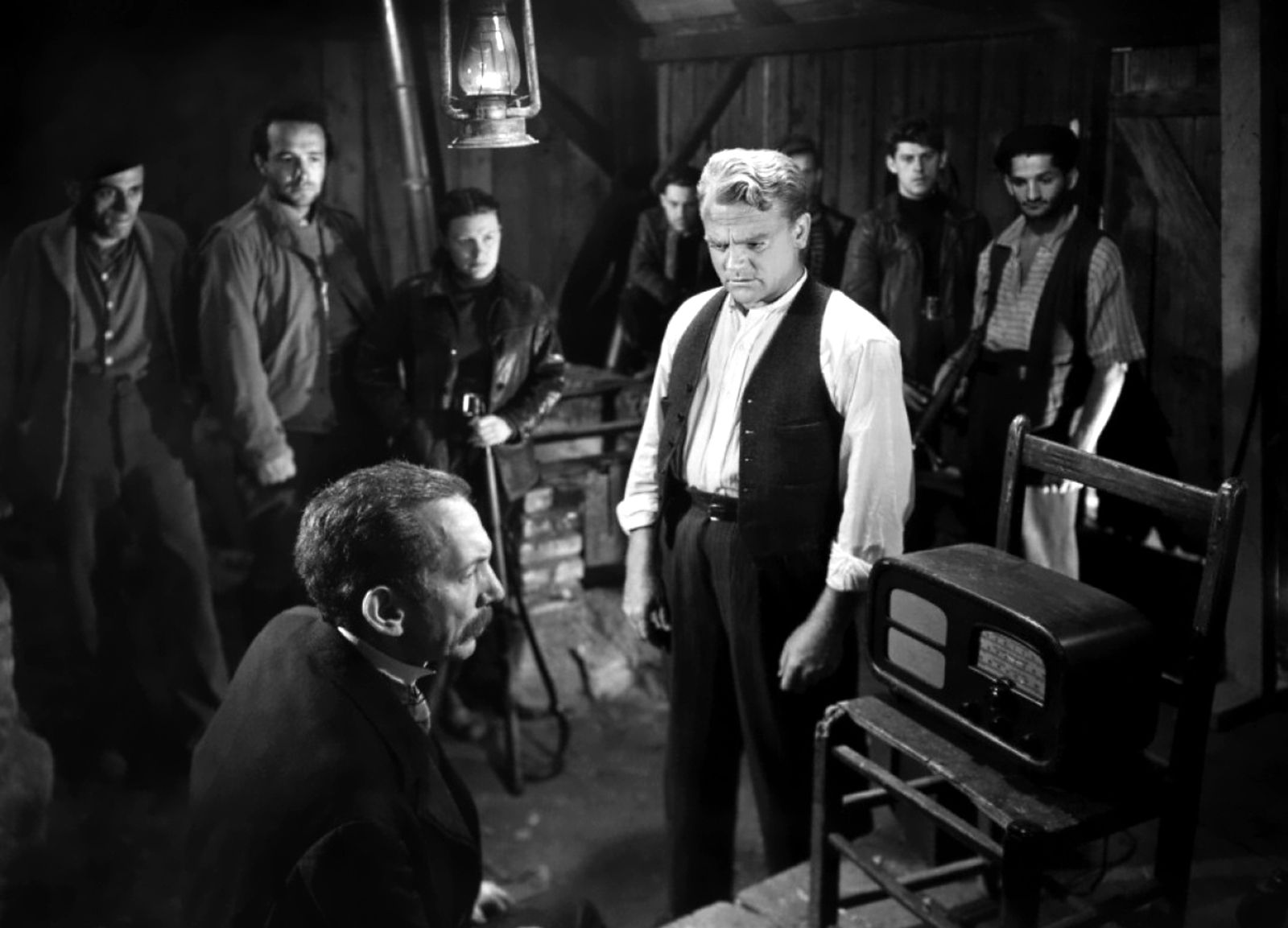
The vastly underrated director Henry Hathaway brings James Cagney and Richard Conte into an OSS operation where Cagney discovers Conte, a person in training, is actually working for the Nazis. What makes this spy film outstanding is it focuses on the OSS ops during the war, but it’s more of a psychological courtroom drama type of fare.
Through interrogations, discussions, and realistic behind the lines spy craft based on historical information, you feel like nothing is out of place. It’s through the realism and naturalism of the actors and world where the uncanny is right around the corner, thanks to the charm of Conte. Hathaway uses traditional craft to frame his story, but that’s the key – simplicity in style for these tough moral choices the characters later face only leads to a heavy sacrifice for all those involved.